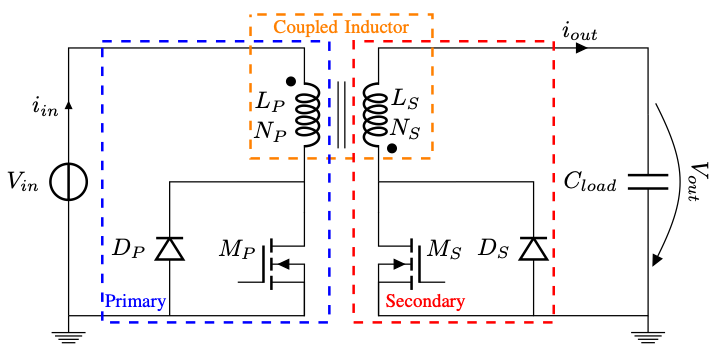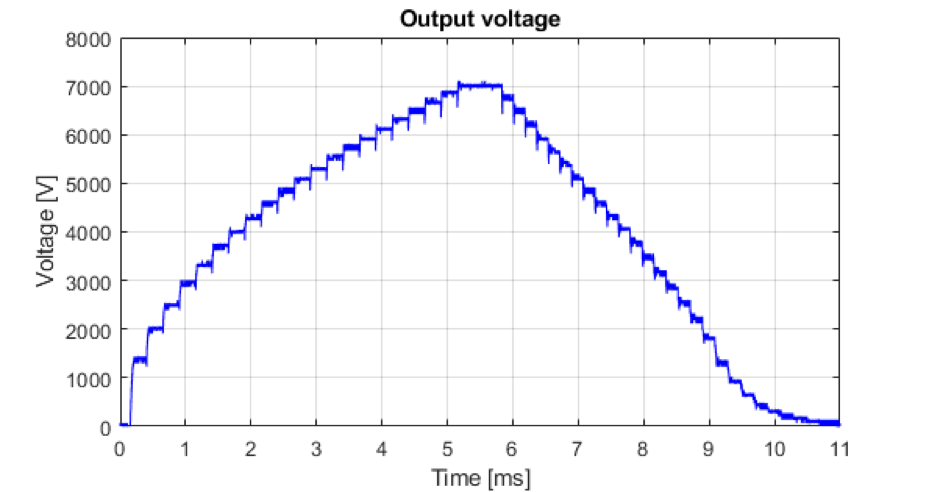Project funded by the Werner Siemens Stieftung
Project description
Dielectric Elastomer Actuators (DEAs) are a recent technology which interest has significantly grown over the last two decades because of their resemblance to natural muscles. This similarity earned them the nickname of artificial muscles.
In their most basic form, DEAs consist of a flexible dielectric layer made of e.g. silicone sandwiched between two compliant electrodes. When an important voltage is applied across them, the electrodes will be attracted to one another due to the electrostatic force. This layered structure signifies that from an electrical point of view a DEA can be considered as a capacitor.

Working principle of a Dielectric Elastomer Actuator (DEA). When a voltage is applied, the polymeric film is compressed vertically by the compliant electrodes, which make the structure expand laterally.
The voltage levels required to perform the actuation depend on the dielectric layer thickness and material, and on the need to maximize the displacement and force output. Typically, layers of silicone 100 um thick are used. Combined with a dielectric strength of 100 V/um, a system designed as such can theoretically withhold about 10 kV. This voltage level thus became the target aimed at for the purpose of this study.
To provide such high voltages, the electronic structure selected is the flyback DC-DC converter because of the low number of elements that are part of it and its proven capacity to amplify a low input voltage to several thousands of volts. This structure has the added benefit of being able to be modified to become reversible. Indeed, due to their capacitive nature, DEAs store a lot of energy when fully loaded. This means that it becomes necessary to have system that can efficiently recover this energy.

Basic schematic of a bi-directional flyback converter.
So far, a bi-directional fly-back DC-DC converter capable to amplify an input voltage of 12 V up to 7000 V was achieved which is approximately 3 times more than previously achieved by other researchers. The work is ongoing to further push the limits and reach 10 kV.

Evolution of the voltage across a capacitive load. The flyback converter is capable of quickly amplifying an input voltage of 12 V to more than 7000 V, as well as recuperate a portion of the energy stored in the load.